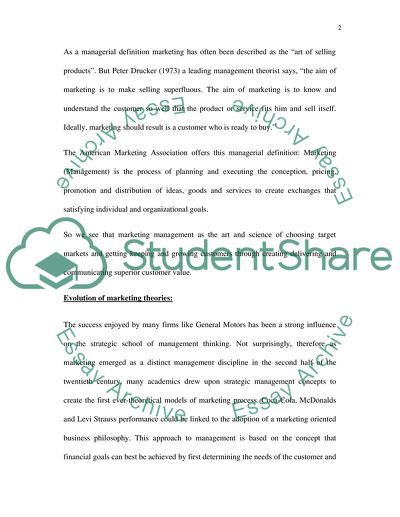Cite this document
(Integrated Marketing Communications Term Paper Example | Topics and Well Written Essays - 2250 words - 1, n.d.)
Integrated Marketing Communications Term Paper Example | Topics and Well Written Essays - 2250 words - 1. https://studentshare.org/marketing/1540365-the-marketing-concept-and-marketing-communications
Integrated Marketing Communications Term Paper Example | Topics and Well Written Essays - 2250 words - 1. https://studentshare.org/marketing/1540365-the-marketing-concept-and-marketing-communications
(Integrated Marketing Communications Term Paper Example | Topics and Well Written Essays - 2250 Words - 1)
Integrated Marketing Communications Term Paper Example | Topics and Well Written Essays - 2250 Words - 1. https://studentshare.org/marketing/1540365-the-marketing-concept-and-marketing-communications.
Integrated Marketing Communications Term Paper Example | Topics and Well Written Essays - 2250 Words - 1. https://studentshare.org/marketing/1540365-the-marketing-concept-and-marketing-communications.
“Integrated Marketing Communications Term Paper Example | Topics and Well Written Essays - 2250 Words - 1”. https://studentshare.org/marketing/1540365-the-marketing-concept-and-marketing-communications.


